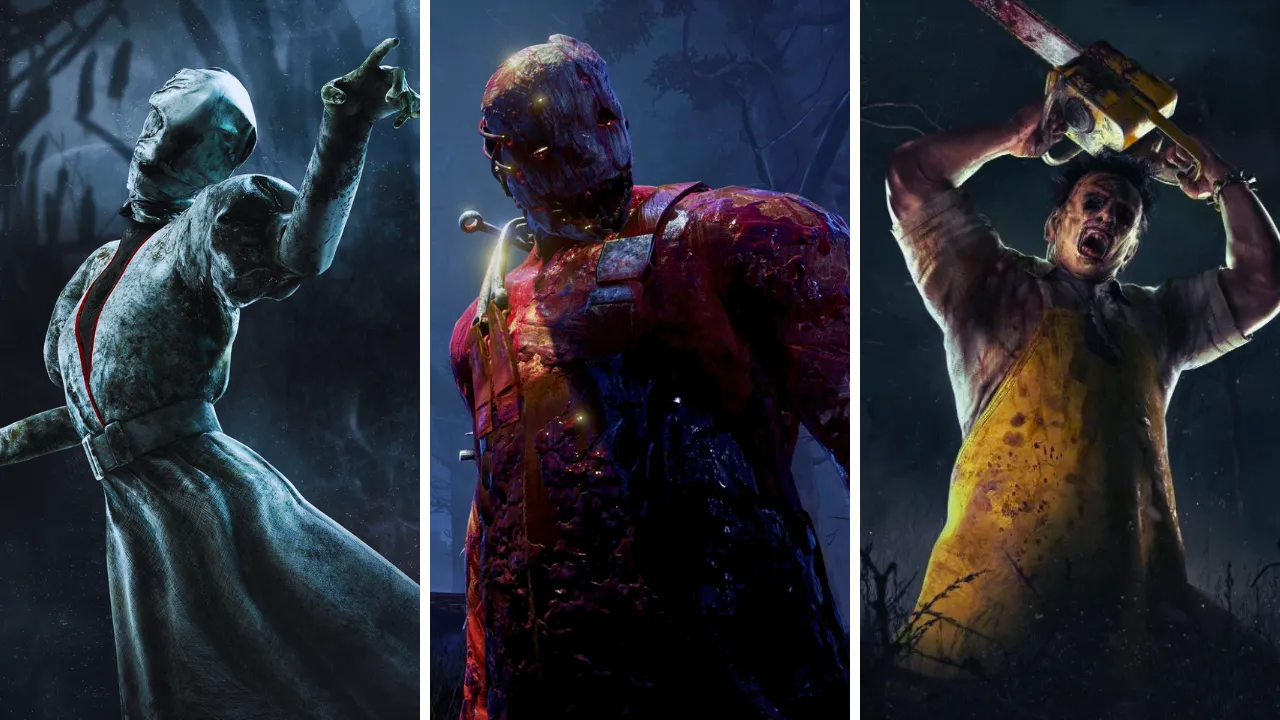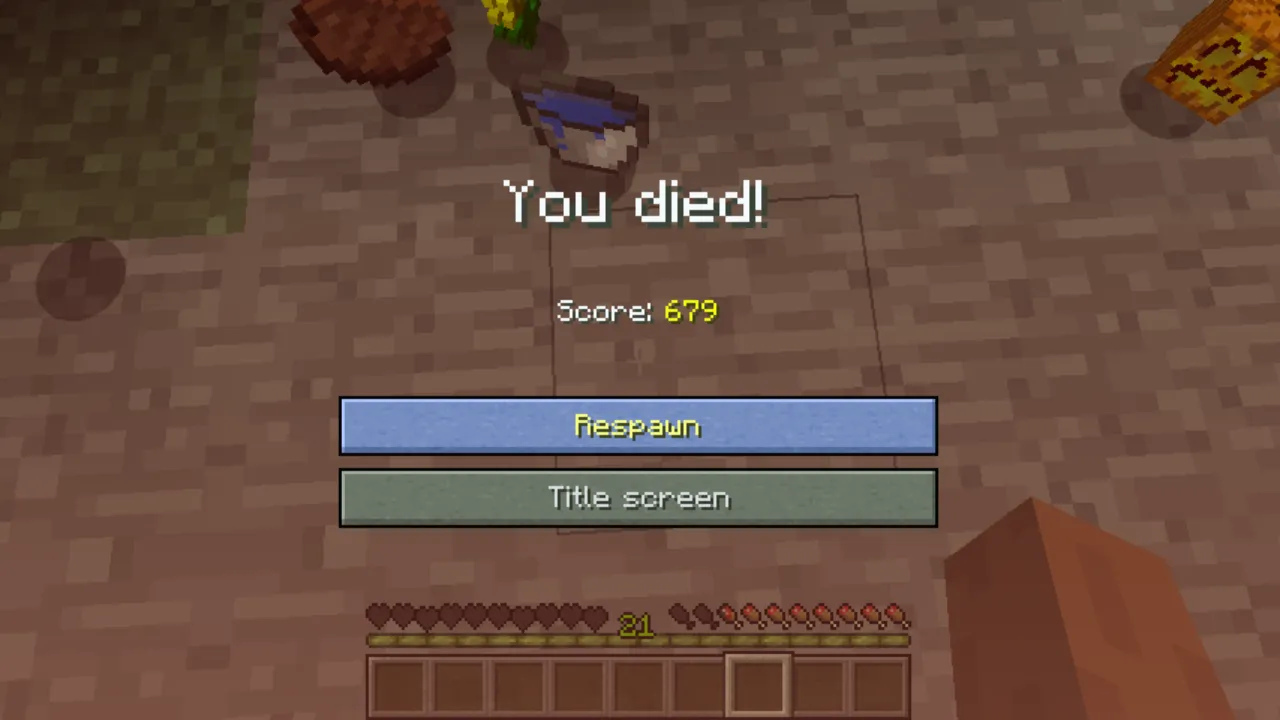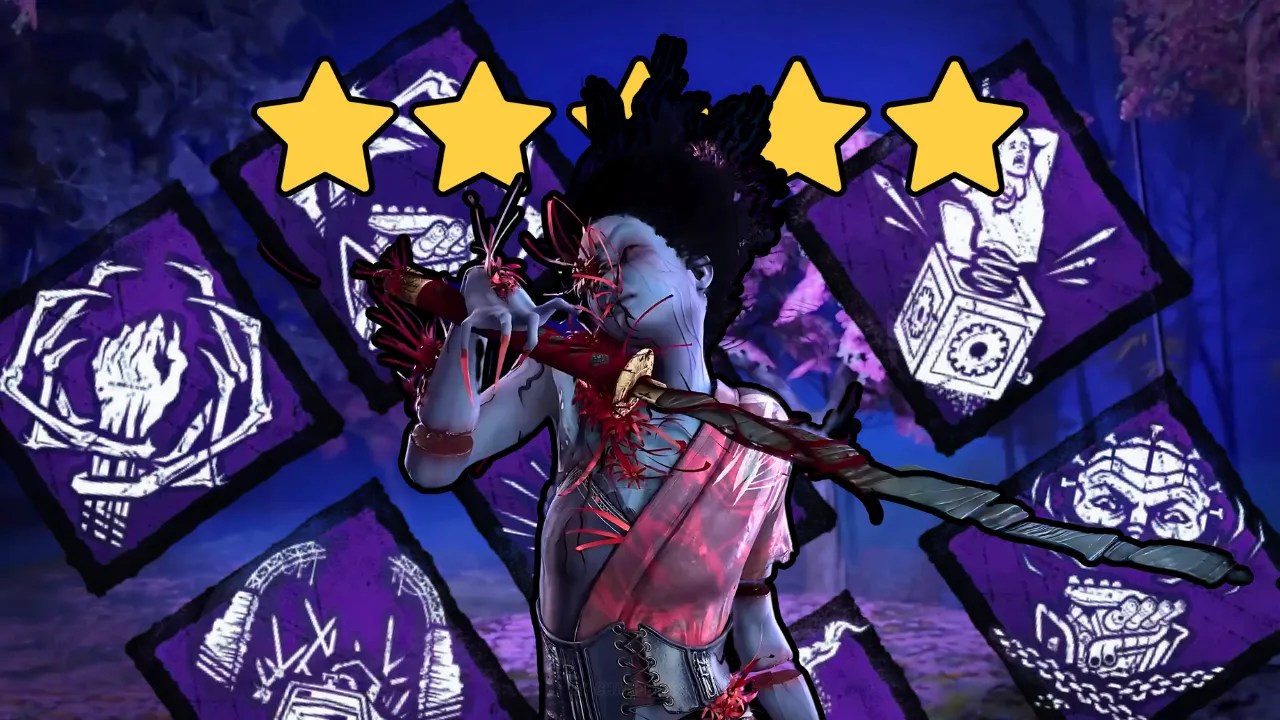
Otzdarva recently released a video in which he goes over all 124 killer perks in DBD. In this post, we will discuss the 7 best killer perks in Dead by Daylight based on his video list. Understanding these perks better may give you a reason to run them. This guide is especially useful for killer players who would like to run these unique perks, but survivor players will also benefit from it.
1. Corrupt Intervention
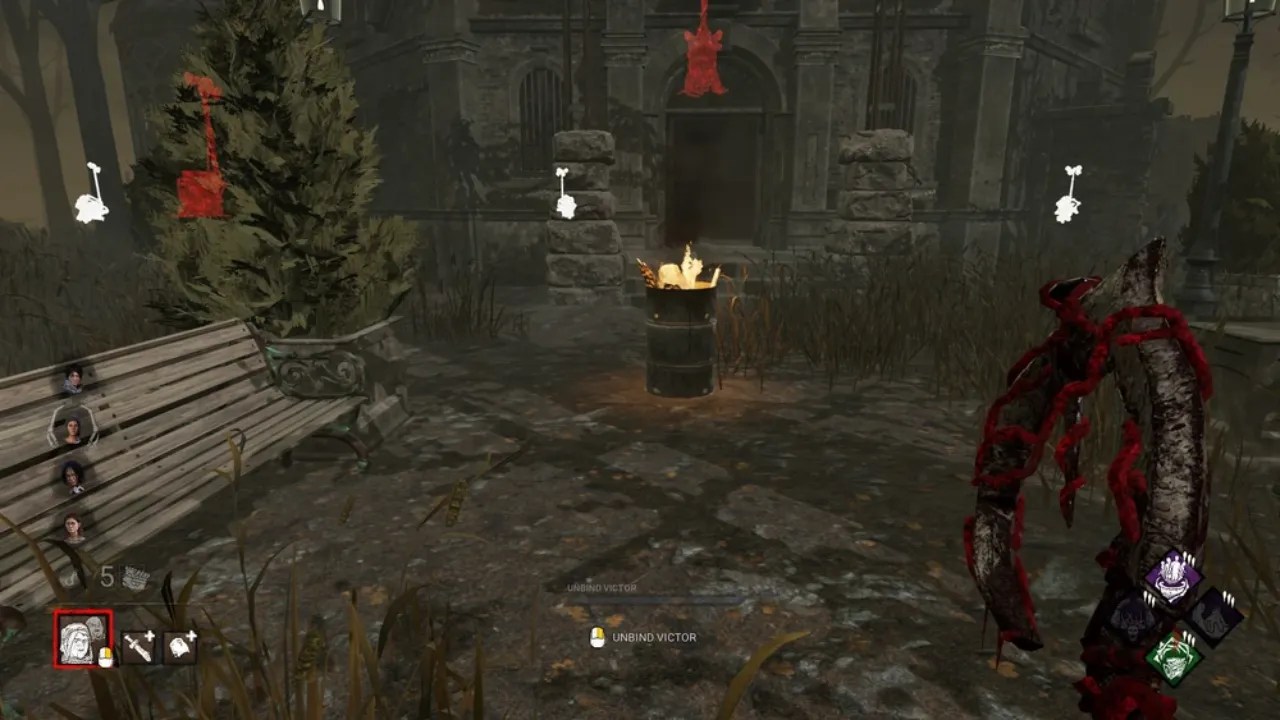
Corrupt Intervention has been consistently the number one perk, or very close to it, for a while now in Dead by Daylight. At the beginning of the match, this perk blocks the 3 generators furthest from your point of spawn. Most of the time, this means the three gens closest to the survivors. This perk delays survivors from jumping on gens immediately.
Some people view the perk’s deactivation after getting a survivor down as a flaw, thinking that if they down someone early, they’re not getting the full value. But even if you down someone quickly, Corrupt Intervention has still done its job by forcing survivors to move around instead of immediately working on gens. This is especially brutal for beginners, who might not understand spawn patterns. They often go from one blocked generator to the next generator, particularly on indoor maps where it’s already hard to find.
Corrupt Intervention is an amazing perk for indoor maps, forcing survivors to wander through blocked rooms. This buys you a massive amount of time. It also helps you find survivors at the start of the game. While it may not always have the best synergy with other perks, but it’s hard to replace and can be run on almost any killer. Even stealth killers benefit from survivors running towards them without hearing a terror radius.
2. Scourge Hook: Pain Resonance
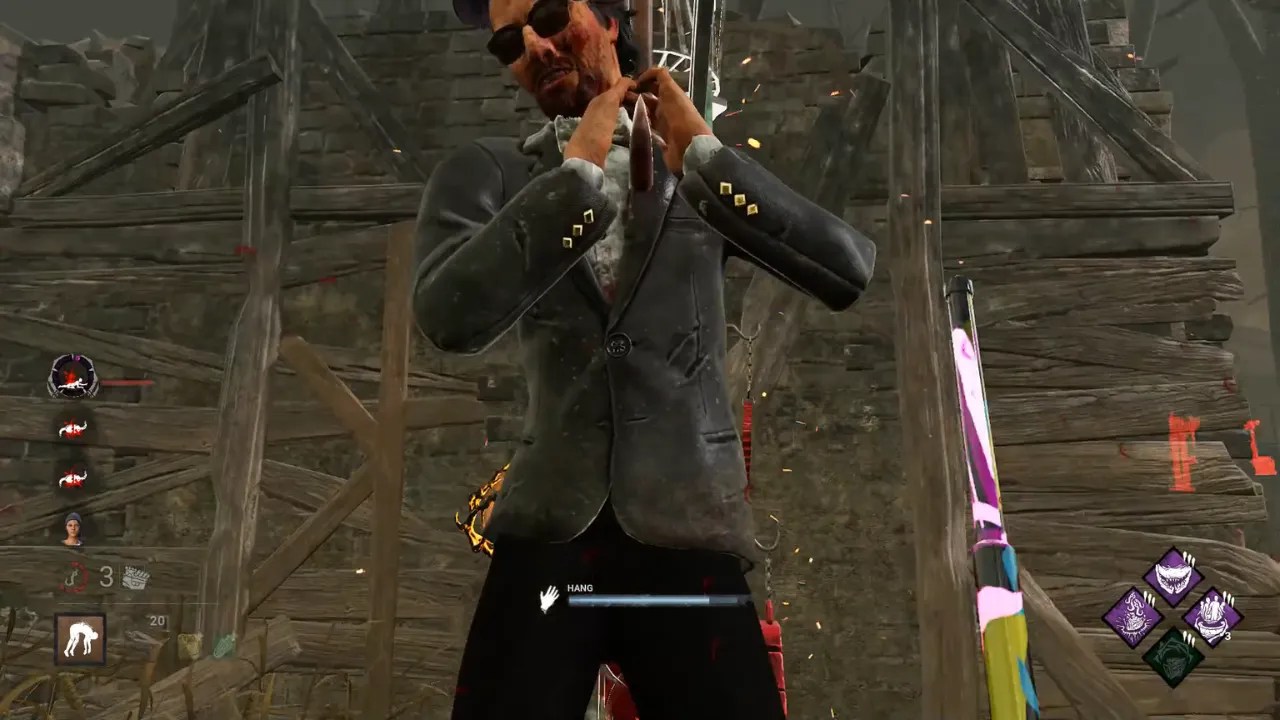
Pain Resonance is a Scourge Hook perk, meaning it only activates when a survivor is hooked on a white Scourge Hook. Some people don’t like this inconsistency, but it’s an incredible perk. Much like Corrupt Intervention, it works on almost any killer. With perks like Agitation, you’ll usually find a Scourge Hook no matter where you down a survivor.
At the start of the trial, 4 random hooks are changed to scourage hooks. Each time a survivor is hooked for the first time, a generator loses a large chunk of progress and continues to regress. This perk synergizes well with Dead Man’s Switch or Grim Embrace, preventing survivors from stopping the generator from regressing. Pain Resonance also forces survivors off gens and makes them scream, which provides information.
Pain Resonance helps weaker killers avoid losing multiple gens during their first chase. It also can prevent stronger killers from losing any gens before their first down. Even if you tunnel one survivor, the perk still works once they’re out of the game, making it incredibly powerful in a 3v1 scenario.
3. Grim Embrace
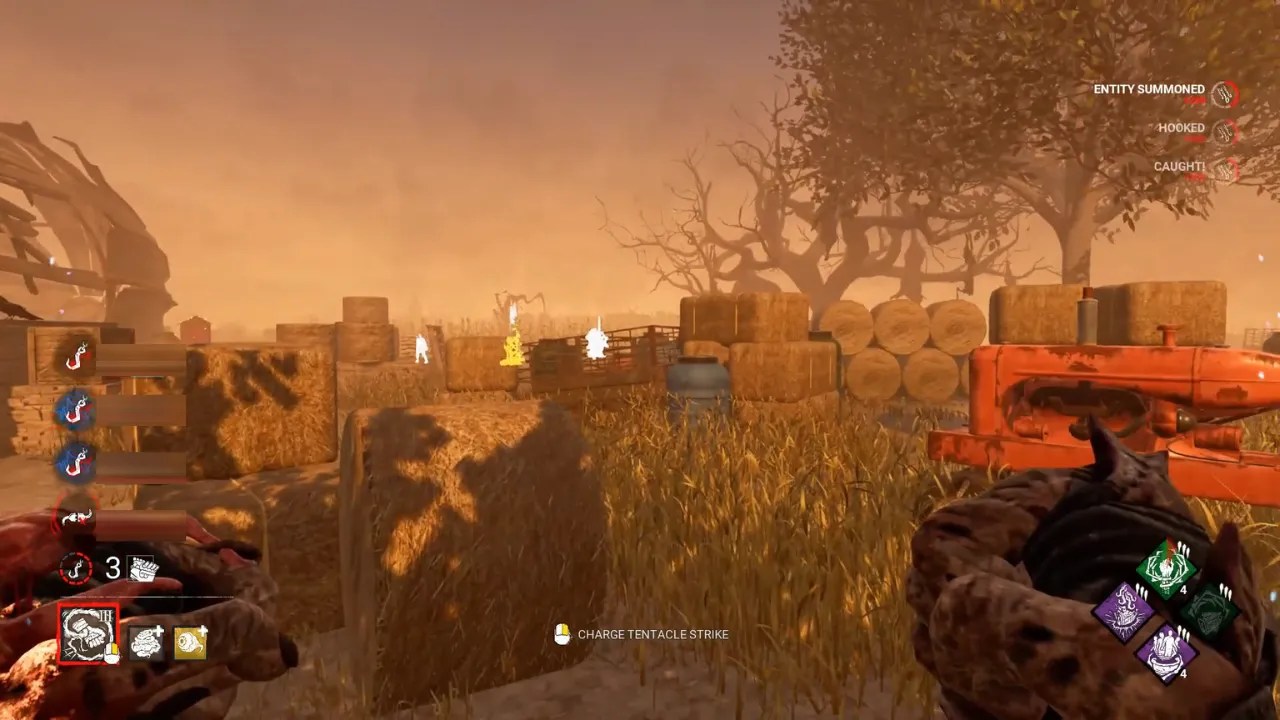
Grim Embrace is a powerful perk that triggers very often. It has a similar activation condition to Pain Resonance, but it works on every hook, not just Scourge Hooks. Every time you hook a survivor for the first time, the generators get blocked by the entity for 10 seconds. If you hook all four survivors, the blockage lasts even longer, and the Obsession’s aura is revealed to you. Keep in mind that you need to walk 16 metres away from the hook for it to give you 1 token.
Even if you don’t get all four tokens, Grim Embrace still forces survivors into unfavorable positions. Especially on larger maps where they may spread out on generators. This perk pairs well with Dead Man’s Switch and Pain Resonance, making it hard for survivors to repair gens while the killer applies pressure. Grim Embrace encourages survivors to waste a lot of time, which other perks rarely achieve.
4. No Way Out
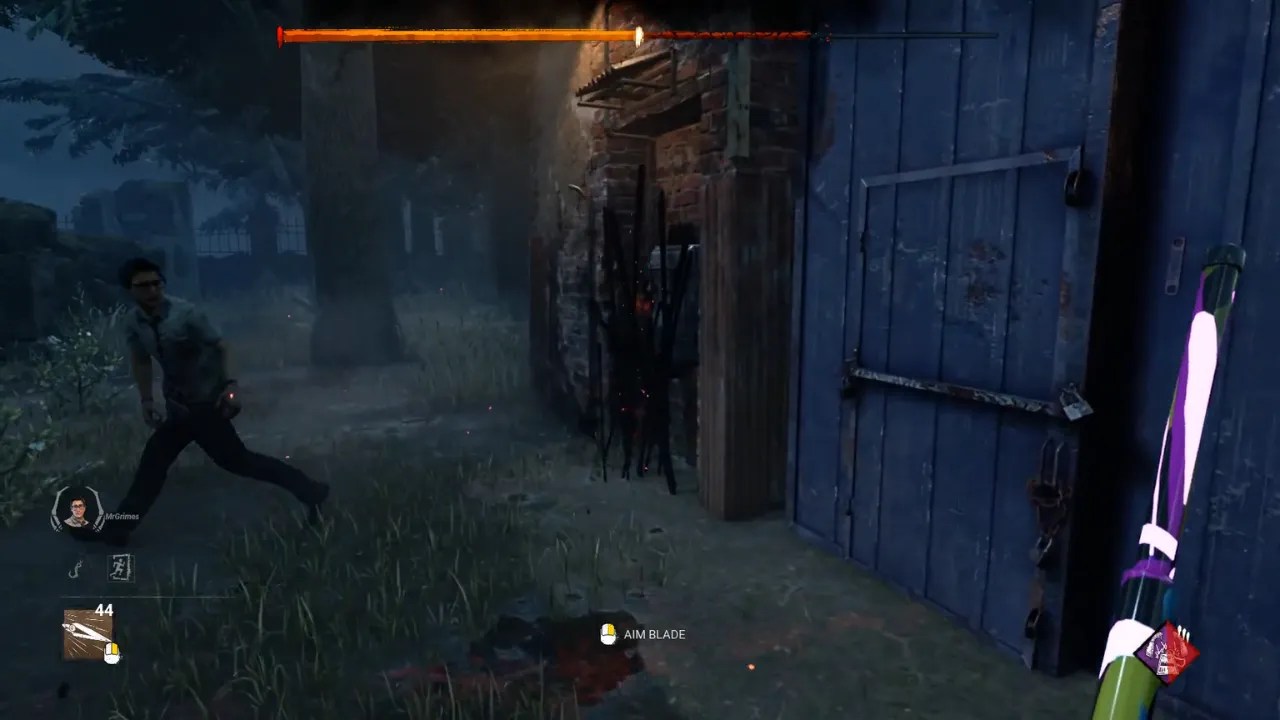
No Way Out is an endgame perk that’s difficult to replace. When a survivor touches an exit gate, the gate is blocked for 12 seconds, and you get a notification of where the gate is. Even with zero stacks, No Way Out is a decent perk.
It’s great in 1v1 endgame scenarios, making it nearly impossible for the survivor to win if the hatch is already closed. With multiple hooks, the duration of the gate block increases, with a full 60 seconds being a real game-changer. No Way Out often turns one kill into two or even three, especially when paired with perks like Hex No One Escapes Death (NOED). It also disproportionately affects solo survivors, who can’t call out the block, leading to misplays.
5. Pop Goes the Weasel
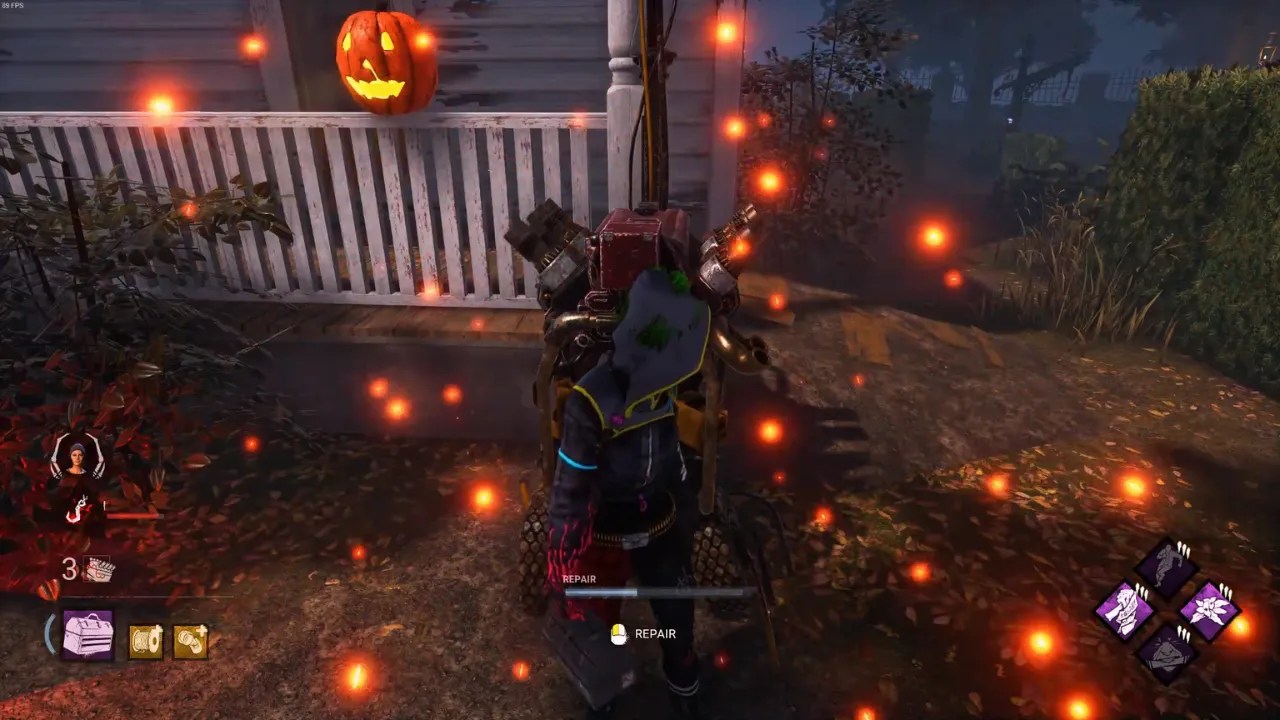
Pop Goes the Weasel perk activates after you hook a survivor and kick damage a generator, reducing its progress by 25% instantly. The perk works even better the more progress the generator has, and it synergizes with other slowdown perks like Pain Resonance, Nowhere to Hide, or Eruption.
While some killers with slower mobility might struggle to use Pop Goes the Weasel, killers with good mobility, like Blight or Nurse, benefit greatly from it. It’s a great bridge perk between hooks, allowing you to maintain generator pressure while waiting for other slowdown perks to trigger.
6. Eruption
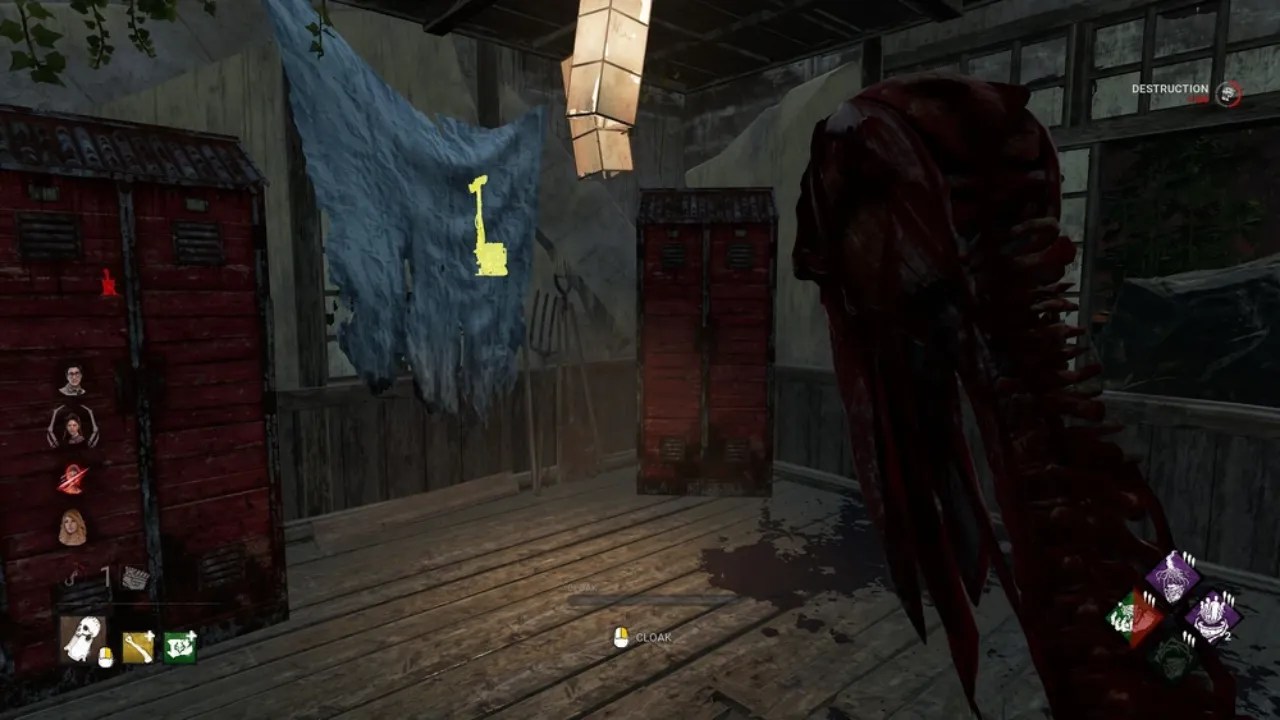
Eruption is less common, but it’s still a very solid perk. Like Pop Goes the Weasel, it requires you to kick gens. But unlike Pop, it doesn’t need a hook to activate. Eruption places a trap on the generator you kick, and when you down a survivor, that generator loses progress and regression applies.
Eruption is an excellent three-gen holder perk, popular in tournaments for its defensive nature. This perk synergizes well with Pop Goes the Weasel and Nowhere to Hide. It’s especially effective in helping killers with weaker mobility to defend gens over time. One downside to Eruption is that it contributes to the generator damage system. If a generator is damaged eight times, it becomes blocked and can no longer be damaged, making it harder to play around long-term.
7. Deadlock
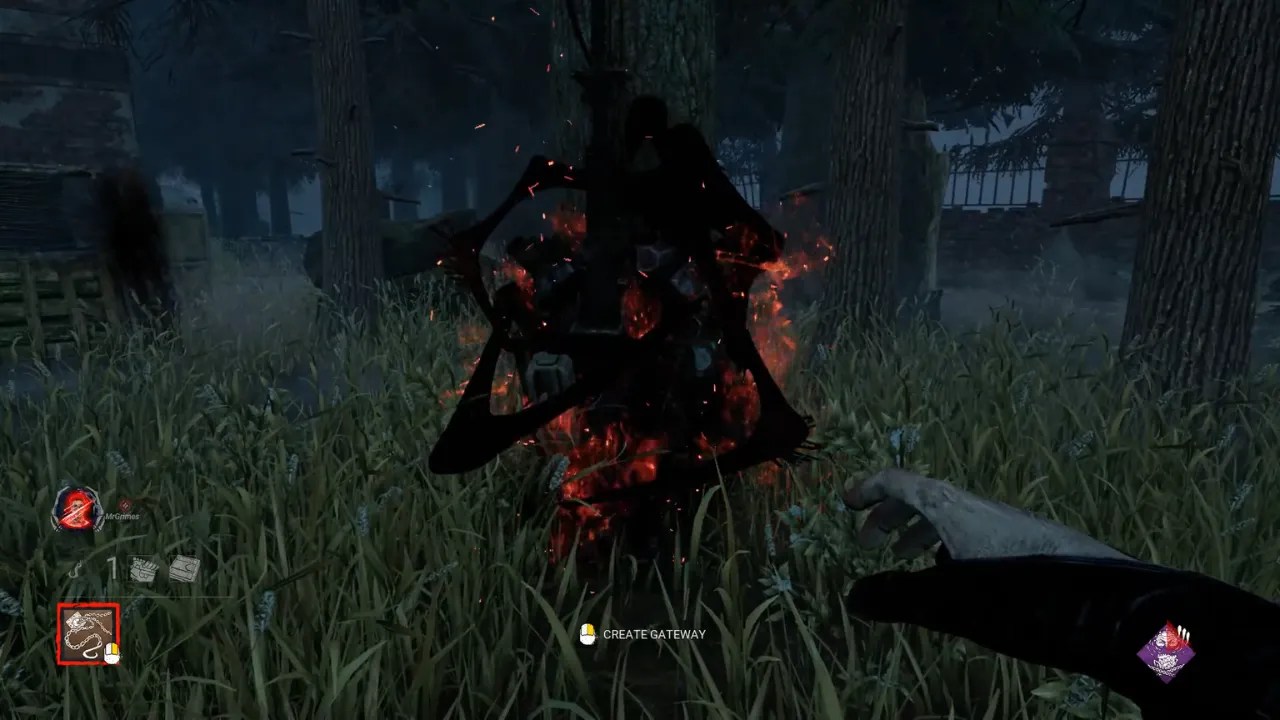
Deadlock is one of the best slowdown perks in the game, up there with Corrupt Intervention. Its universality and ease of use make it a top choice for many killers. When a generator is completed, the one with the most progress is blocked for 25 seconds, giving the killer valuable time.
While Deadlock no longer blocks gens for 30 seconds, survivors rarely wait out the 25-second block. Instead, they often use this time to heal, cleanse totems, or go for rescues, further slowing down the game. The perk is especially useful when survivors are working on multiple gens, allowing the killer to pressure them across the board.
There are some situations where Deadlock’s 25 seconds might not matter, like when a blocked gen is at 1%, or when the survivors understand how to play around the perk. For example, they might leave a generator at 99%, let Deadlock block it, and then finish the gen afterward. However, Deadlock can still provide valuable information by revealing which gen has the most progress, allowing the killer to make strategic decisions.

